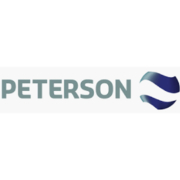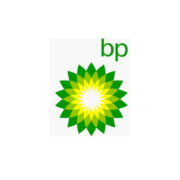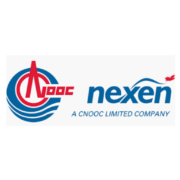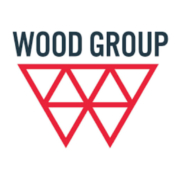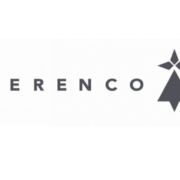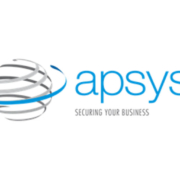New app makes vessel sharing plain sailing
Members of the Aberdeen Marine Logistics Alliance (AMLA) now have instant access to vessel sharing opportunities thanks to a new app from the group’s facilitator, Peterson.
The app, developed by technology specialist Streamba, gives AMLA members access to available sailings up to a week ahead, alongside real time information on estimated cost and CO2 savings. The system uses route visualisation software to help users plan voyages more efficiently.
Users can upload availability on their own vessels to ensure any additional capacity on voyages around the North Sea is made available on the market. With an established agreement covering the contractual and commercial terms of AMLA shares, once a suitable share is identified arrangements can be finalised within an hour.
Chris Coull, regional director at Peterson said: “This app is our latest step in applying data driven technology to facilitate sharing in the North Sea. Our approach of building software from the bottom up helps us deliver solutions developed from a user perspective and we engaged with AMLA members throughout the development and testing stage.
“With AMLA it’s all about facilitating ad hoc shipping requirements quickly and effectively. Input and feedback from our members told us that instant access to real time sailings and capacity was fundamental. This app puts the members in control, giving them full visibility of options and costs from which to make a choice and significantly shortening the time from request to finalisation.”
For further information on the AMLA, please visit www.amla.uk

